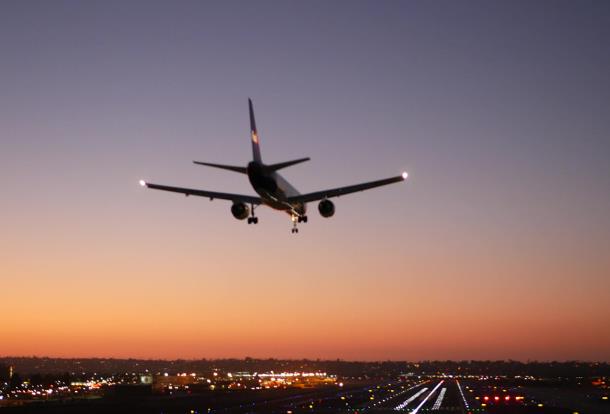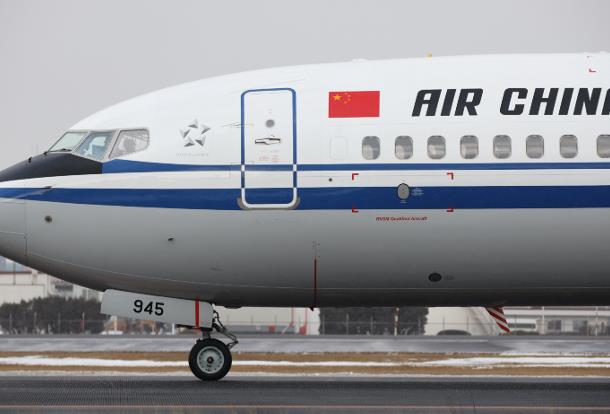Spring Airlines announced on March 5 five new services to Japan, making it the largest scale Japan-bound passenger flight service for a Chinese carrier. It will also open up more flights in Japan from its base in Osaka Kansai Airport.
Spring Airlines spokesperson Wuan Zhang said the Japanese market is very important for all airlines. “As such, we will continue to expand our coverage in the Japan and Korea, Southeast Asia and the Hong Kong-Macau-Taiwan markets,”he added.
Speaking about the carrier’s ambition to operate long-haul budget flights, Mr Zhang said it will require rigorous study and discussion given the significance of the strategy, and hence no implementation timeframe has been set yet.
Spring Airlines is China’s first low-cost carrier (LCC) and also the first Chinese private airline company to be publicly listed. It issued 100 million shares at a price of RMB18.6 per share for its IPO on January 21, and the share price was traded up by 44% on its first day of trading.
Riding on the success of its IPO, Spring Airlines is setting up an aircraft charter company to enter the aviation finance sector, in addition to expanding its Japan service.
Expansion to the Japanese market
Spring Airlines’ five new Japan routes will connect Shanghai with Asahikawa in Hokkaido, and Chengdu, Zhengzhou, Xian and Jinjiang with Osaka.
The Shanghai-Asahikawa service will depart at 10:50 every Monday and Thursday from Shanghai Pudong Airport and arrive at about 15:10. The return flight will depart from Asahikawa at 16:30 and land in Pudong Airport at 18:55.
Spring Airlines operated a total of 48 flights to Japan with 98% average load factor transporting a total of 16,934 passenger trips in just seven days of the Spring Festival holiday season.
Japan recorded 450,000 Chinese visitors who spent RMB6 billion (approx: US$958 million) on shopping within 10 days of the Spring Festival this year, according to Japanese media reports.
Rising incomes, cheaper yen and eased visa requirements have fueled the latest wave of
Chinese visitors to Japan. Arrivals grew 86% y-o-y in 2014 to 2.42 million trips in total. This year's total arrivals are estimated to exceed 3.2 million, making China the top visitor source market for Japan for the first time, according to CTS Japan branch director Xiaoping Ma.
He said that “arrival in Osaka and departure in Tokyo” or vice-versa is the most popular travel route for Chinese visitors as this enables them to visit other major cities like Nagoya and Kyoto enroute.
Long-haul flight ambitions
Spring Airlines will receive 50 more A320 aircraft in the near future and by 2018 will have 100 planes in its fleet.
LCCs have always chased the dream of operating long-haul flights in order to get a slice of the booming Chinese outbound tourism market. Outbound travel from China during the Spring Festival holidays from February 18 to 24 leapt 10% year on year totaling 5.182 million trips (excluding visitors to Hong Kong and Macau), according to the China National Tourism Administration (CNTA).
Air Asia set up Air Asia X in 2007, pioneering the LCC long-haul luxury model. Air Asia X now has 16 air routes that connect 10 destinations worldwide.
However the success of Air Asia’s long-haul operations has been questioned by experts, as the airline made a net loss of RMB164 million (approx: US$26 million) in 2013, down significantly from the net profit of RMB63.98 million (approx: US$10 million) in the preceding year.
Beihang University’s aviation research center director Yuanyang Gao said that LCCs don’t need to enter the highly competitive long-haul flight market. “Many LCCs only use a single aircraft model for their fleet in order to minimize costs. This puts them at a disadvantage compared to traditional carriers that have a fleet of mixed aircraft types. They will have a hard time to win rights for long-haul routes against strong competition from major carriers like China Eastern and China Southern,” he said.
Entering the aviation finance sector
Spring Airlines signed a strategic partnership agreement with China Development Bank for a credit line of RMB5 billion (approx: US$800 million) and completed its first lease order on February 6, 2015.
Spring Airlines had previously signed a US$300 million loan agreement with China Development Bank in 2012 to pay a deposit on an aircraft order. China Development Bank will continue to offer investment, loan, bonds, leasing and securities products and intermediary services to Spring Airlines in the future.
Spring Airlines set up an aircraft charter company called Spring Charter in the Shanghai free-trade zone last November.
Spring Charter has RMB500 million (approx: US$80 million) in registered capital with 75% of equity held by Spring Airlines and 25% by Hong Kong-registered wholly-owned subsidiary, Spring International.
Spokesperson Mr Zhang said that Spring Charters mainly services Spring Airlines for now. “Aircraft are heavy assets that can be optimized by financial means such as finance leasing. We can also use our charter operation to circulate aircraft during periods of excess transport capacity and relieve financial pressure,” he said.(Translation by David)




